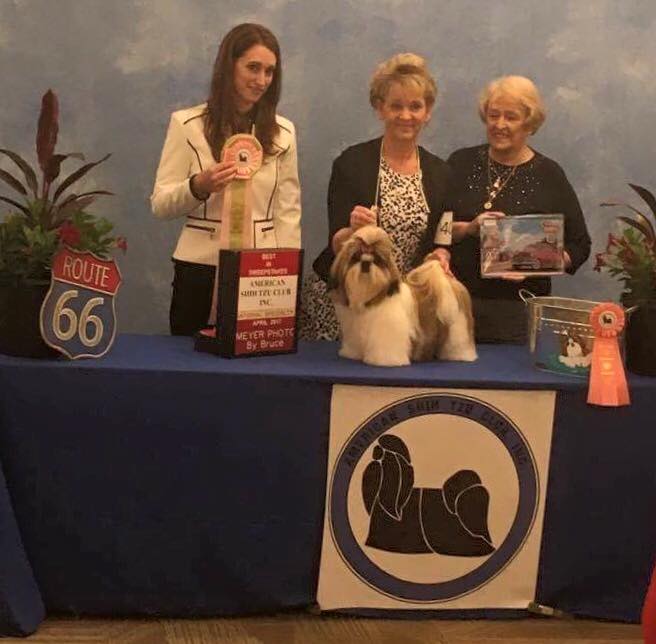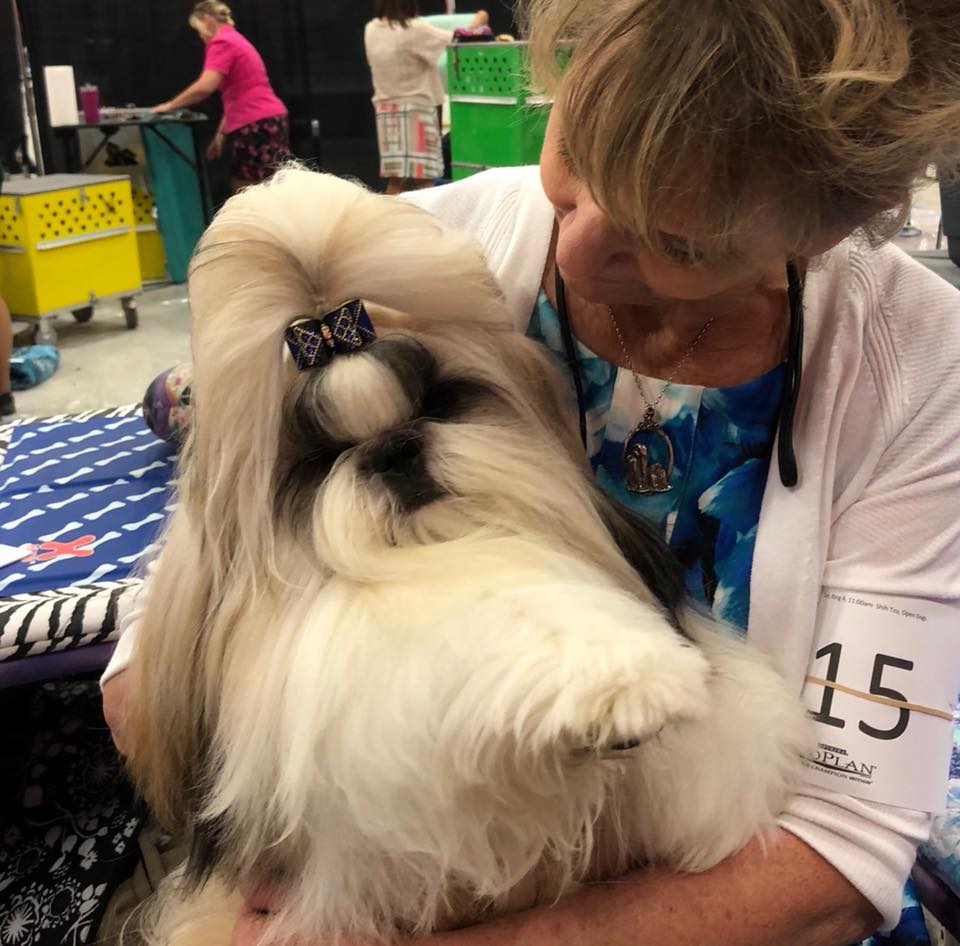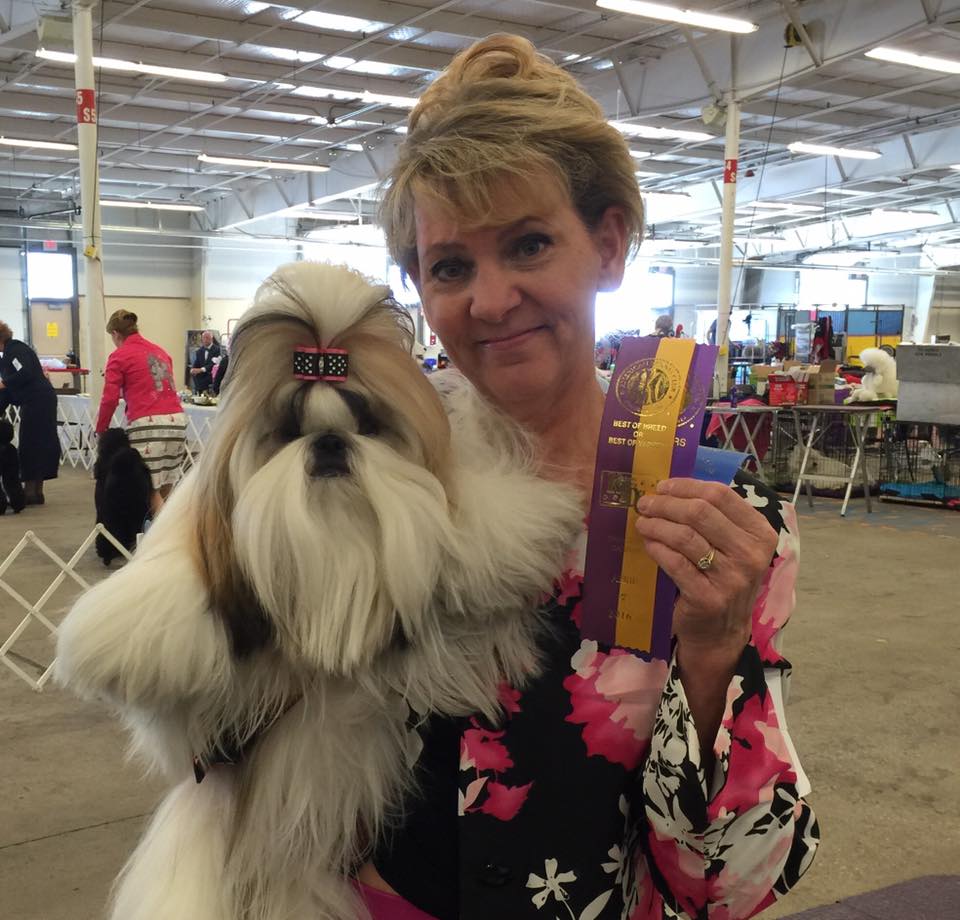
Best tips for training your Shih Tzus
Did you recently bring home a Shih Tzus puppy? If so, you likely know this is an affectionate, gentle dog who gets along well with everyone. As a small companion dog, you will find they are also extremely trainable and that they learn most during their earlier months of life.
Some King Charles Spaniels work with owners as therapy dogs or participate in certain sports, such as agility and obedience. Some of the most effective training techniques you can try are those that are reward-based. While learning self-control is a big part of this process, it’s important to have a few tips to help you with training, too.


Socialization
This is an important part of any dog training program. If your dog grows up without the proper socialization, it won’t know how to act around strangers or in an unfamiliar setting. They may also begin to react with defensiveness, shyness, or fear in these situations.Try to expose your Shih Tzus puppy to an array of locations, other animals, and people. Be sure the experiences are fun for everyone. You can give your puppy rewards and treats each time they interact with something or someone new. By doing this, your puppy will learn to associate these new experiences with positive rewards instead of fear. Consider signing up for a dog training or obedience class to socialize and train your puppy
Use positive reinforcement
Positive reinforcement and effective dog training are essential. This is particularly the case when it comes to training your new puppy. By connecting the action you want to a specific reward that the puppy wants, your puppy will quickly learn the connection.
The easiest to start with is “sit.” This is something you can teach quickly with food morsels your puppy finds appealing. Let your puppy detect the scent of the reward, hold it out just above your puppy’s nose, and say nothing but “sit.” As your puppy focuses on the treat, move your hand toward their tail. When the puppy finally sits, give the reward and use a praise word, such as “yes.” Continue the exercise, and you will find that your puppy catches on quickly.
You can then begin to build on this technique to teach other basic commands, such as “stay,” “come,” and “down.” Make sure to use the same praise word each time when the puppy engages in the desired behavior.